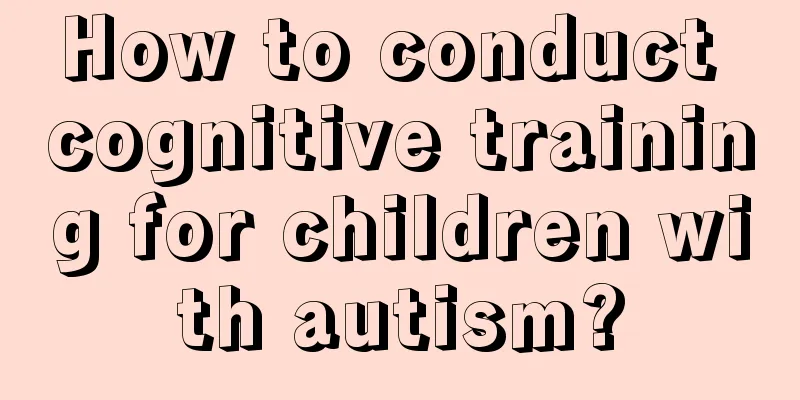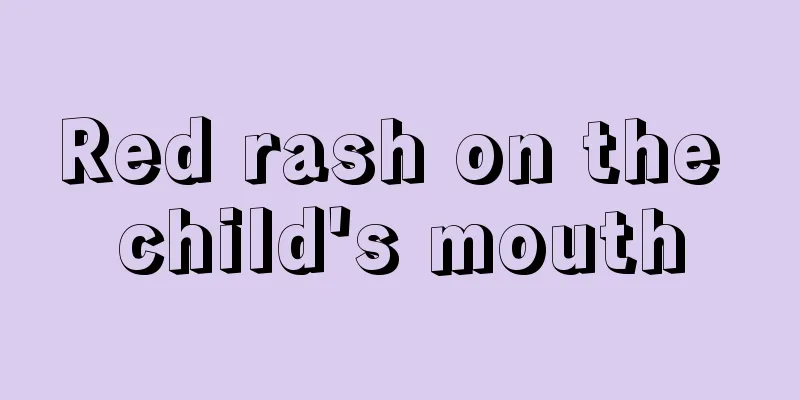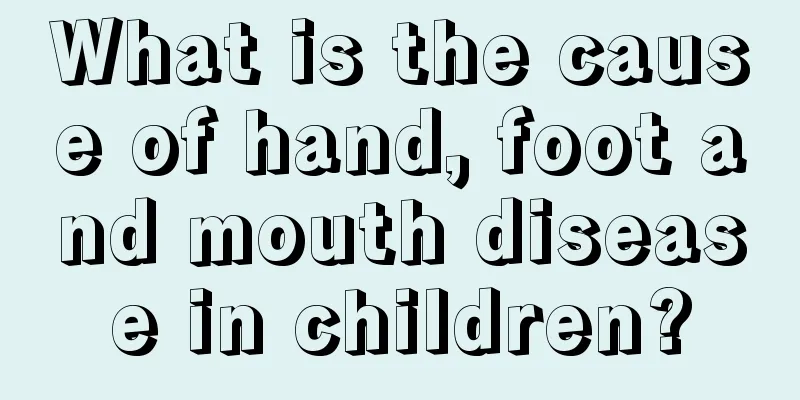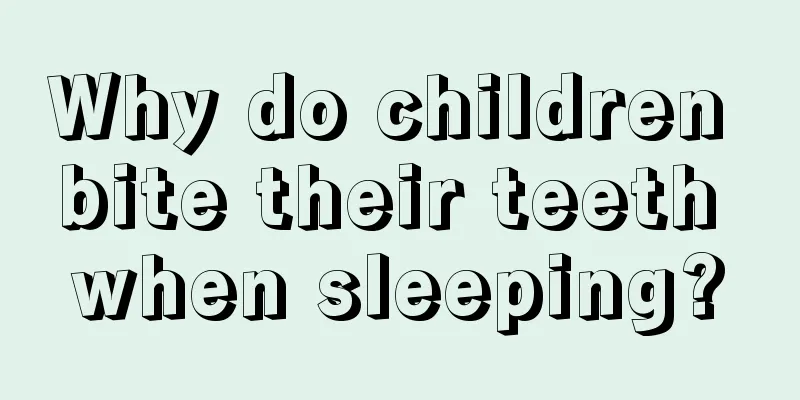How to conduct cognitive training for children with autism?

|
Autism is a common disease nowadays. Children with autism have their own world and live in their own imagination every day. It is difficult for adults to pull them back. Therefore, if there is an autistic child at home, it is very hard for parents. They need to teach their children to do things that can restore autism every day. Children with autism need cognitive training. Only in this way can we ensure that the child’s body will not be harmed in this regard. The cognitive training of autistic children starts with physical and mental adjustment, and slowly leads the child to nature. By guiding with correct ideas, autism can be adjusted. Only with the patient operation and guidance of parents can we ensure that the child’s autism can be cured, because autism is not an incurable disease. What is cognitive ability? What is cognitive ability? Cognitive ability refers to the ability to receive, process, store and apply information. It is the most important psychological condition for people to successfully complete activities. The abilities to perceive, remember, pay attention, think, and imagine are all considered cognitive abilities. American psychologist Gagne proposed three cognitive abilities: verbal information (the ability to answer questions about what the world is); intellectual skills (the ability to answer questions about why and how); and cognitive strategies (the ability to consciously regulate and monitor one's own cognitive processing). What is cognitive training? Cognitive processes mediate behavior and emotion; maladaptive behavior and emotion are related to maladaptive cognition. Psychological research shows that preschool children aged 3-5 are in a critical period of cognitive development. Children aged 5 can already initially understand the relationship between adjacent numbers, have a preliminary grasp of the basic characteristics of plane figures, can use representations to perform addition and subtraction, and have a preliminary understanding of the relationship between sets and elements. The cognitive abilities of children with autism should be trained and developed in a targeted, planned and systematic manner. Cognitive training should select training content based on the cognitive development laws of autistic children, with the goal of cultivating and improving the multiple cognitive abilities of autistic children, and use graphics, numbers, symbols and text as training materials. Specific goals of cognitive training: Improve the perception, memory, imagery, thinking and other abilities of autistic children to achieve the goal of comprehensive rehabilitation development. In family rehabilitation, the content of cognitive training includes attention training, graphic cognition, color cognition, number cognition, similar matching, observation ability, memory ability, comparison and sorting, etc. Characteristics and laws of children's cognitive development : Children's cognitive activities develop gradually from simple to complex and from low level to high level in an orderly manner. Newborns have some innate reflex activities after birth, such as sucking reflex, grasping reflex, swimming reflex, walking reflex, etc. Soon, some conditioned reflexes were formed on the basis of these unconditioned reflexes. Of course, these activities are not yet cognition, they can only be said to be the initial foundation of cognitive development. When a baby is 4 to 5 months old, he cannot recognize that external objects are permanent. To him, the only things that exist are those that he directly perceives. For example, if he is playing with a ball and the ball rolls to the ground and disappears, he will not look for the ball, but will divert his attention to look at or play with other things. From six months to two years old, children gradually realize the permanence of objects. Children's cognitive development content : Children's cognitive development includes two aspects: basic cognition and comprehensive cognition. Basic cognition is to lay the foundation for children's basic understanding of things. Comprehensive cognition is the child’s thinking, reflection and understanding of things. Below we mainly talk about basic cognition. Basic cognition 1. Naming (the name of this thing). In order to meet the development needs of children, we generally require children to master 150 types of naming, mainly starting from common things around them. For example: vegetables, fruits, animals, household appliances, transportation, etc. 2. Pairing (the first thing taught to children). Same shape, same color and so on. 1) Pairing objects with each other (this is done frequently). 2) Match the real objects with the cards. |
<<: What harm will excessive lead cause to children?
>>: How to effectively treat mumps in children
Recommend
What should I do if my one-year-old and two-month-old baby doesn't like to eat?
Summer is here and the weather is scorching hot. ...
Treatment of neck ulcer in children
The hot summer is coming, and many children alway...
Symptoms of developmental dysplasia of the hip
When many parents take their babies to the hospit...
How long does it take for a child's elbow dislocation to heal?
Children's tendons and bones are very soft, s...
What is missing from an active child? Parenting experts tell you the answer
Many children are active, which may be a normal p...
What is the best way to treat children's indigestion?
It is quite common for children to have indigesti...
What causes hoarseness in children?
Children's hoarseness may be caused by swelli...
How to treat spleen and stomach deficiency in a 6-year-old child?
Although people's quality of life is graduall...
What should I do if my baby has a poor appetite recently?
There are many baby problems. When solving baby p...
What causes yellow skin in newborns?
Many newborns have yellow skin, so parents must p...
What's wrong with the child's chest pain?
The heart pit we often refer to is the concave ar...
What should I do if my child's tonsils are enlarged to the third degree?
Because children have relatively low resistance, ...
How to solve the problem of water entering the baby's ears when bathing
When babies are just born, they still have many u...
What is the situation of newborn baby shedding
In daily life, many new mothers will find that wh...
Parents should be alert to the causes of allergies in children!
Children often suffer from allergies, which makes...









